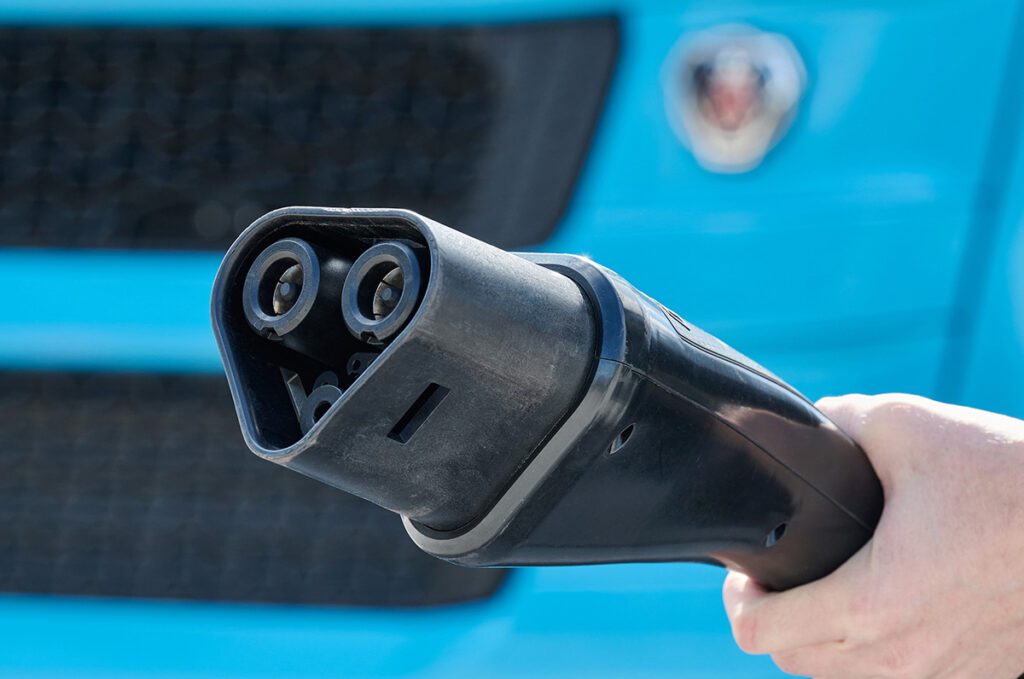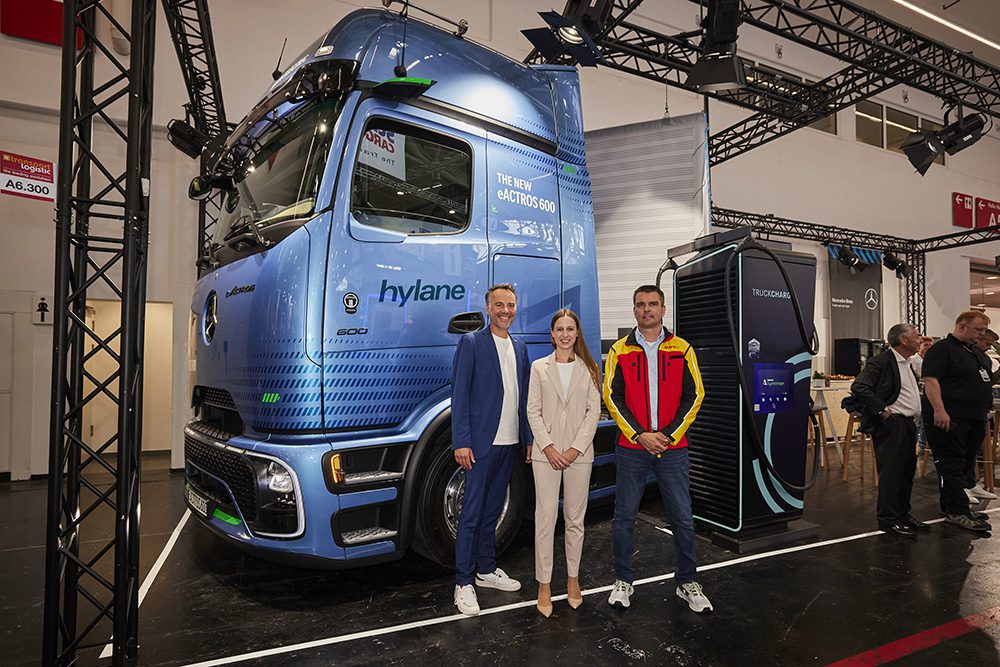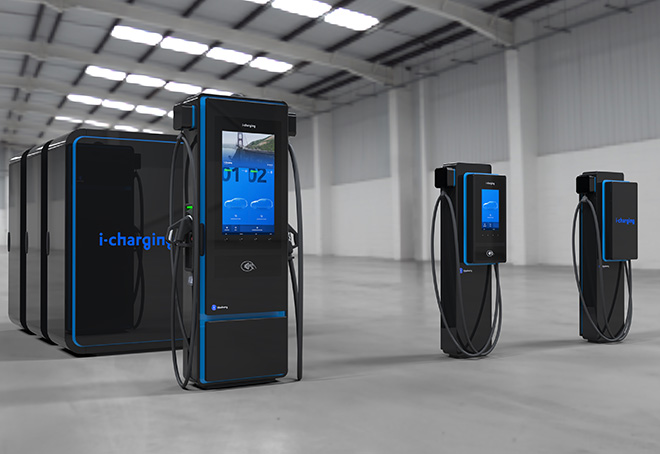When it comes to the EV race, China hasn’t just lapped the US and Europe—they’re running circles around us. No segment illustrates this embarrassment better than the electric bus market. As Michael Barnard reports in a recent CleanTechnica article, China currently has around 600,000 battery-electric buses operating in its cities. The US (which has 24% of China’s population) had about 5,269 as of 2022, and the UK currently has 2,776.
Automakers, politicians and pundits of all stripes tend to see the meteoric rise of China’s automotive industry as a threat, but some contrarians believe that this attitude is causing Western companies to miss an opportunity. Mr. Barnard recounts how, as a consultant to a Canadian transit agency in 2019, he was surprised to learn how naïve policymakers were about the advanced state of China’s electric bus industry. “The person responsible for the bus electrification program hadn’t even thought about going to China to learn leading practices or to consider buying Chinese buses,” Barnard writes. “He was sure that they wouldn’t meet the fit, finish and comfort expectations that people in Canada had in mind. His perception of Chinese urban citizens was stuck in some distant past.”
The inertia endemic to all large organizations also plays a role in holding back electrification. “Every organization has vendors that they work with and trust,” Barnard writes. “They’ve dealt with them, often for decades. When someone from a transit firm wants to buy a lot of electric buses, they’ll go to that supplier, and that supplier will tell them, sure, we’ve got you.”
The problem is that US bus producers aren’t prepared to deliver electric buses at the scale required. Barnard reports that New Flyer, the biggest bus manufacturer in North America, has reached a maximum annual output of 6,500 buses. California alone has 100,000 buses in service, so even if New Flyer were to convert its entire production to EVs, at current rates of production it would take something like 15 years to electrify the bus fleet in a single state.
Meanwhile, China’s manufacturers sold 138,000 electric buses in their domestic market in 2022.
European transit agencies, which are moving a bit more quickly than their North American counterparts, bought around 3,400 electric buses in 2022. Barnard reports that about 1,300 of these were built by Chinese OEMs or by China-European joint ventures—for example, Alexander Dennis’s JV with BYD.
“European transit organizations are doing something right, but they are doing it incredibly slowly,” Barnard writes. He expects to see a lot more deals of this sort, in which “a Chinese whale forms a ‘partnership’ with a western minnow for political air cover.”
It isn’t just the “developed” countries that are electrifying their bus fleets. South American transit operators have been buying e-buses since at least 2018, and—you guessed it—Chinese giant BYD is one of the dominant players. A Nigerian firm recently partnered with Chinese OEM Yutong to deliver 12,000 electric buses to Nigerian cities over the next seven years.
Source: CleanTechnica











































































































